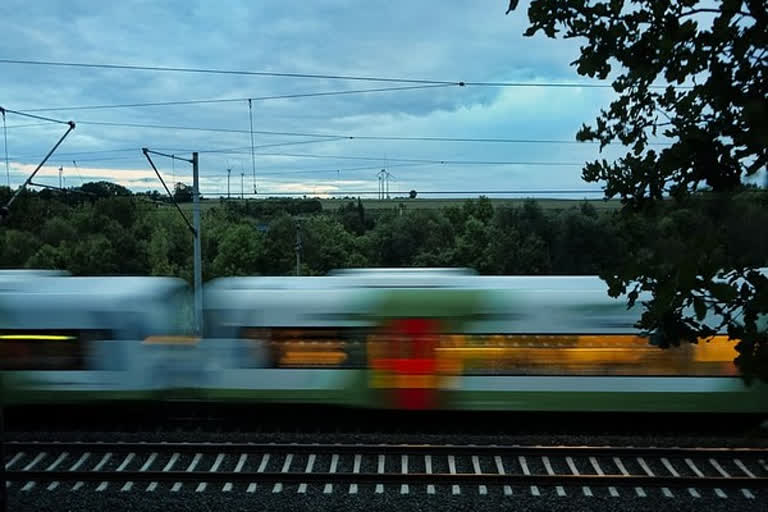New Delhi: The Japan has launched a 'N700S REIGNS Supreme” train can transport passengers safely in the event of an earthquake.
The special bullet train that serves the Tokaido Shinkansen line can run up to 360 kilometers per hour.
The N700S (S stands for Supreme) is the latest addition to the N700 series of Japanese Shinkansen high-speed trains. It succeeds the N700 and N700A models.
Being a nation obsessed with punctuality, Nippon has delivered the N700S within time. The launch was originally scheduled to coincide with Tokyo Olympics 2020, which got postponed due to the pandemic.
The operating speed will be capped at 285 kilometers per hour. The hallmark feature, however, is its safety system.
The Shinkansen network has an early detection system for earthquakes.
Equipped with a special braking system, this new train can break safely and easily even at higher speeds.
Further, the train has the world’s first lithium-ion battery self-propulsion system. In the event of power outage during a natural disaster, this self-propulsion system allows the train to operate for shorter distances.
In addition, it will help the train out of high-risk areas, through tunnels and over bridges during an earthquake.
The train’s interiors are a class apart and cameras have been installed in each car compartment. Seats are specially designed to allow passengers to recline comfortably. Each seat has an individual power outlet.
Overhead baggage racks light up at each stop to remind passengers of their belongings. A new active suspension system has been introduced to make the ride smoother.
The Shinkansen (colloquially known as the “bullet train”) network has 9 rail lines, which take passengers in different directions around Japan.
The latest addition to the Japanese bullet trains is N700S, which connects Tokyo with Osaka.
Japan hosted the 1964 Summer Olympics in Tokyo. It began the Tokyo Shinkansen line in the same year, just in time for the Olympics. The first Shinkansen line shortened the commute time, enabling day trips between Tokyo and Osaka.
This significantly changed the style of business and life in Japan. After the World War II, Japan started reconstructing its economy. In fact, Japan became the first country to build high-speed railway lines. Today, several countries are building trains based on Shinkansen technology.
In 1889, the journey from Tokyo to Osaka took 16 and half hours by train. By 1965, the first Shinkansen reduced this journey time to 3 hours 10 minutes.
Also Read: India good example in solar auctions amid COVID-19 pandemic: UN Secy Gen



